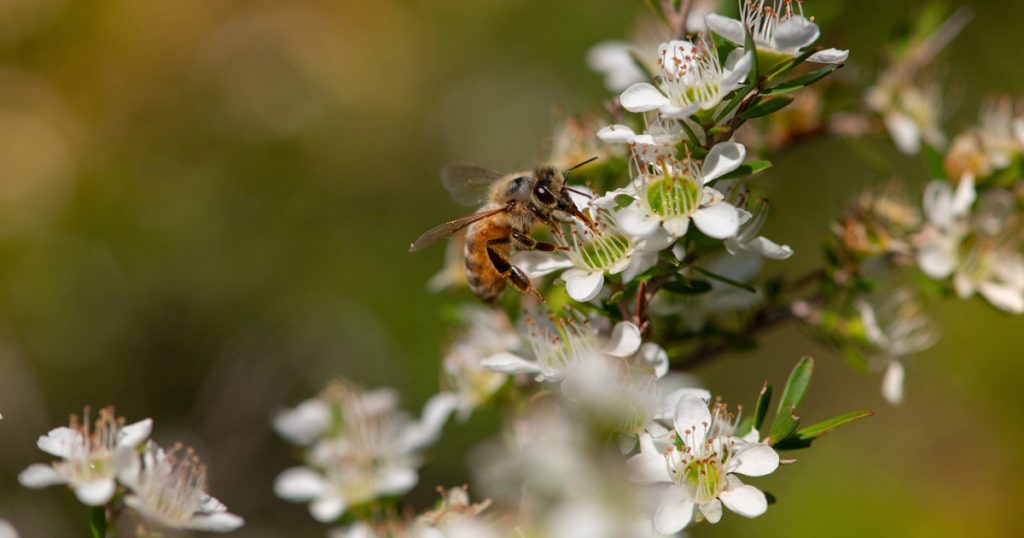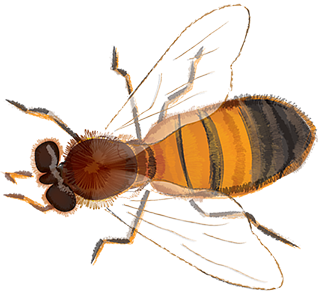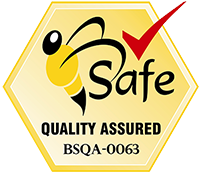By Shona Blair and Dee Carter, School of Molecular and Microbial Biosciences, University of Sydney, NSW, Australia
Honey has been used as a medicine throughout the history of the human race and has been employed to treat a wide variety of ailments. The use of honey as a wound dressing has been particularly popular across many different cultures and it is likely that much of this popularity stems from the antibacterial properties of honey.
Over the last 30 years a large number of reports have been published on in vitro studies investigating the antibacterial activity of different types of honey. Over 50 different species of bacteria have been exposed to a wide variety of honeys. The inhibitory concentrations (the percentage required to prevent growth) ranged from 2 – 100% depending on the organism and the type of honey used.
Most honeys that exhibit significant antibacterial activity do so due to the production of hydrogen peroxide. Certain Leptospermum honeys, Jellybush from Australia and Manuka from New Zealand possess additional antibacterial activity of an unusual nature, which is not due to high sugar content or hydrogen peroxide, but to other floral components. This ‘non-peroxide type of activity is uncommon and there have been a number researchers who have attempted to identify the active component(s) from Leptospermum honey, but so far to date these have been unsuccessful. This broad-spectrum antibacterial activity is equally effective against antibiotic-sensitive and -resistant pathogens. These honeys also has been found to have positive effects on tissue growth and have been shown to stimulate healing in wounds. ( See the related article extracts on Cytokine release).
As an alternative approach to the physical and chemical separation techniques used by other laboratories Shona Blair and Dee Carter used DNA microarrays to investigate the bacterial targets of Leptospermum honey. (This method examined the changes and activation of thousands of microscopic spots that occur within the DNA sequences of the bacteria when they were exposed to the Leptospermum honey) The honey produced unique and wide ranging effects on the genomic expression of E. coli and the organisms responded to the stress in a complex manner with many genes being involved. When compared with published data on the response of E. coli to a variety of other stresses, there were differences between these and the effects of this honey, indicating active Leptospermum honey possesses antibacterial properties of a unique nature.
Blair, S, Carter, D. The potential for honey in the management of wound and infection.
Journal of Australian Infection Control. 2005; 10: 24-31







